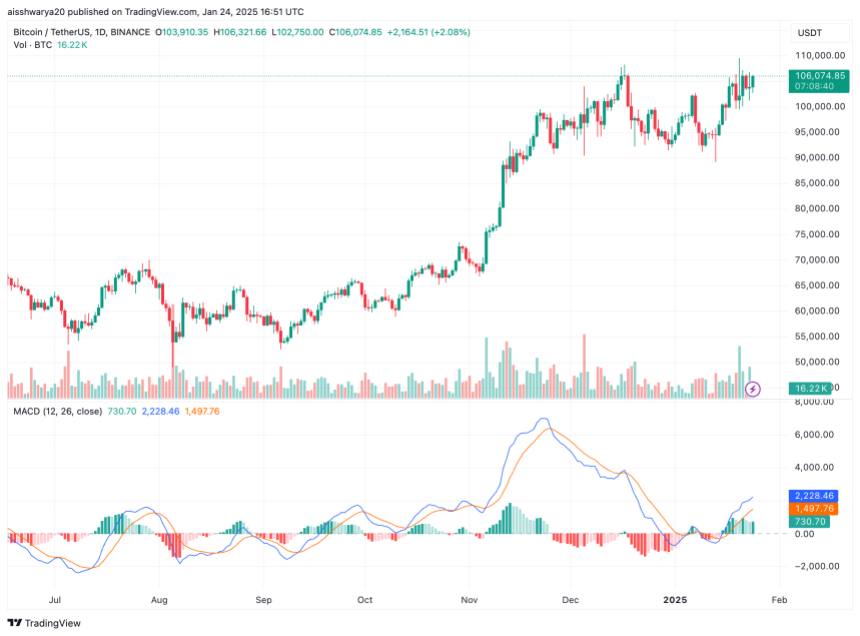A cacophony of outrage has broken out at Rachel Reeves’ demand that regulators should do more to support the economy. Consumer groups fear losing protections; antitrust lawyers mutter about monopolies; government departments manoeuvre to avoid cuts to bodies they sponsor. Others, meanwhile, have taken the opportunity to exhume dark warnings about the light touch regulation which fanned the flames of the 2008 crash.
The chancellor is right. Light touch regulation is not Britain’s current problem. In fact regulation has been one of our few consistently reliable growth industries. There is no inherent tension between the economy and smart regulation which prevents monopolies, keeps markets competitive and promotes capital formation. But in far too many cases, we have something different: constantly changing rules which businesses struggle to keep up with; complexity spawning ranks of lobbyists; and inherent mission creep.
Right now hundreds of sites with permission for high-rise housing are standing empty, because the new Building Safety Regulator is struggling to process them, eight years after the tragic Grenfell Tower fire. The Financial Conduct Authority, which failed to spot the Woodford scandal despite warnings from ex-City minister Paul Myners, seems obsessed with imposing diversity rules on companies, in a tenuous attempt to prevent “groupthink”. Whatever you thought of the CMA’s decision on Microsoft’s application to take over a gaming company, the many months it spent dithering were unimpressive.
There is plenty of room for improvement. But while swapping one chairman (ex-Boston Consulting Group) for another (ex-Amazon, ex-McKinsey) may bring a different culture to the CMA, it’s not a lasting solution. While some of these bodies are demonstrably failing, most are only as good as the remit they were given, by the politicians who set them up. The reason the UK has the highest electricity prices in Europe, crippling manufacturers, is that ministers have long used energy regulation to further their own environmental objectives.
Reeves’ instinct is that “the balance has moved too far on regulating risk”. This is partly because Whitehall itself is risk-averse. Officials, keen to de-risk decisions, have a tendency to push too many to Westminster’s sprawling landscape of arms-length bodies. Sponsor departments, in turn, are often reluctant to look too closely at how they are working: making a nonsense of the monitoring architecture, five-year reviews and impact assessments. But ministers are risk-averse too; and especially prone to “Something Must Be Done”-ery. The classic example was in 2000, when the response to the terrible Hatfield rail crash was to introduce safety regulations which caused chaos and were so expensive that they in effect valued the life of a train passenger at over a hundred times more than one in a car.
In 2015, when I was working in Downing Street, I was surprised to discover that a Whitehall department I was dealing with didn’t even have a list of the regulations it was responsible for. I asked a senior adviser what had happened to the “bonfire of the quangos” which George Osborne had launched five years before. Initially annoyed by my scepticism, he eventually admitted that while some inroads had been made, the system had pushed back, and the result was less a bonfire than a tiny spark. In 2021, the Public Accounts Committee found that spending by those bodies had since trebled; and Meg Hillier, the PAC’s Labour chair, challenged the then government to explain why they were set up in the first place.
Britain used to be really good at smart regulation. The creation of regulatory sandboxes, and the speedy rollout of the Covid-19 vaccine, shows that we still can be. But government also needs to ask itself some hard questions about what the state is for, and why we need bodies with confusing levels of overlap. Do we really need both Ofgem and the National Energy System Operator? The Environment Agency and Natural England? When Great British Railways is launched, what will be the point of the Office of Rail and Road?
Sir Dieter Helm, professor of economic policy at the University of Oxford, argues that the regulation of energy and water has become far too complex. He has proposed that they be regulated as networks, through a single regulator. That would be a much more effective approach. And unless we are able to flex our regulatory systems to better perform their objectives, how will Britain ever be nimble enough to cope with advances in AI, or synthetic drugs?
You don’t have to be a raving libertarian to feel that Reeves is on the right track. The problem, of course, is the dissonance between what the chancellor and business secretary are saying, and what the government is actually doing. It is setting up a large number of new arms-length bodies. And it is on the verge of unleashing an unprecedented set of new employment regulations, many of which will be unworkable. Just one little clause in that package will make every pub subject to being sued by both their staff and their customers — because its demand that employers protect their employees from harassment will clash directly with customers’ right to free speech.
There is still time to get this right. But politicians who want regulators to meddle less must curb their own instincts to interfere. That doesn’t come easy.




































You must be logged in to post a comment Login